What Can Go Wrong?
- The aircraft could be involved in an accident due to a variety of causes (eg. bad weather, electrical or mechanical failure, flight crew/pilot error).
- Someone could get struck by parts of the aircraft or an aircraft itself .
- Damage to aircraft or airfield equipment.
- Exposed to adverse weather effects in an open area.
- Possible exposure to high noise levels.
Legal/大象传媒 Requirements
- When travelling on a non-scheduled flight especially where there is a payment or value consideration of any form, such flights could be considered as Public Transport. Check with 大象传媒 Safety if there is any doubt.
- Normally you need to request to see the following documents:
- Air Operator Certificate or an equivalent document that authorises Public Transport.
- Air Worthiness Certificate; Pilot鈥檚 commercial licence, ideally with 1500 hrs or more, flying experience.
- Public & Passenger Liability Insurance including an Insurance Schedule and do check on the 大象传媒 Insurance website for the specific requirements on the type and level of cover needed.
- Depending on the country, it may be prudent to ask for evidence of additional documents from the operator, check with 大象传媒 Safety.
- If overseas check that you are not planning to use an airline on the EU Banned Airlines list. See myRisks page on Banned Airlines for more information.
Control Measures
Airfield
- Before going to any airfield (private, civil or military) permission must be obtained from the appropriate controlling body. The only exceptions are the spectators enclosure when visiting a civil airport, or on an open day at a military airfield.
- Discuss editorial and technical requirements with a representative from the airfield.
- Always try to get a representative from the airfield to supervise your filming.
- If you are not escorted obtain a layout of the airfield with special reference to runways in use, taxiing areas and safe areas for spectators.
- Stay within designated areas and away from moving aircraft.
- Only approach take-off and landing positions when authorised to do so by Pilot or ground crew.
- Adhere to all airside warning notices and where possible obtain a radio which enables you keep a listening watch on the airfield frequency.
- If you have to get to the other side of the airfield, unless you are under control by radio from the tower, use the perimeter track of the airfield. Vehicles keep to the left.
- Don鈥檛 walk towards an aircraft which is occupied unless you can position yourself so you are visible to the pilot.
- Keep away from propellers, rotors and engine air intake, even when seemingly switched off. A propeller which is turning will appear invisible.
- Don鈥檛 touch any external aircraft control surfaces, as fingers can get trapped if control surfaces suddenly move due to pilot input and or effect of wind.
- Limit the equipment that is taken airside and make sure it鈥檚 secure and can鈥檛 get blown away by the wind.
- If any glider operation take place at an airfield, make sure you know where the cable / two rope dropping areas is.
- Wear sensible clothing and footwear and if possible high visibility jackets. Airfields are open areas and weather effects can feel extreme.
- Have earplugs available and use them if working near aircrafts with engines running.
- Be observant and exercise caution at all times.
Flight
- When using fixed wing aircrafts, microlights, gliders, hang gliders and paragliders the pilots will typically be classed as private pilots belonging to a club and/or be a flight training organisation. Strict rules dictate what activities a private pilot and flight training organisation can undertake. Advice should always be obtained from 大象传媒 Safety and Insurance to ensure that the conduct of the flight will be considered legal.
- Liaise with the Air Operator in the days running up to filming with regard to expected weather conditions.
- If flying over water check this is allowed in that particular aircraft and ensure required safety equipment such as life jackets and life rafts are available.
- Ensure all crew/contributors receive a safety briefing prior to the flight including emergency procedures (when and how to exit aircraft as well; how to quickly get out of any harness/restraints).
- Equipment should only be placed on the outside the aircraft if this has been specifically agreed with the pilot.
- Don鈥檛 distract the pilot; including when they are undertaking checks, are on the radio or taxiing.
Division Specific Issues
- No division specific issues.
FAQs/Did You Know?
- An aircraft in difficulty may land unannounced at an airfield and there will be no noise to warn you if the engine has failed.
- Airfield is the term used to describe an area or land used for take-off and landing, it鈥檚 an aerodrome where it includes buildings and other installation and it becomes an airport where there is scheduled air traffic.
- Aircraft structures can be easily damaged whilst on the ground. Never push, handle, sit on or in, or lay objects of any kind on an aircraft without the pilot's permission.
Recommended links
-
[Gateway]
Flying topics
-
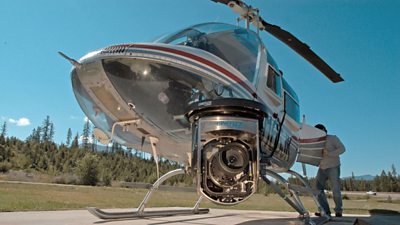
Aerial Filming and Airfields
Aerial filming may be from helicopters, fixed wing aeroplanes, hot air balloons, microlights or gliders, both in the UK and internationally. -
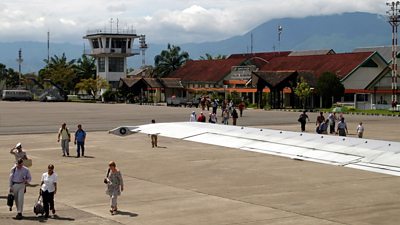
Airfields - Small
A guide to recording activities and travel from small airfields, as opposed to a commercial airport. -
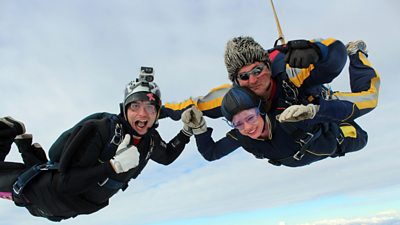
Adventure Activities & High Risk Sports
This Safety Guide provides H&S guidance to those who wish to set-up and film adventure activities / 'high risk' sports involving talent or contributors under our direction. -

Banned Airlines
EU Banned Airlines whose safety standards do not reach internationally recognised levels. -

International Travel - Health and Safety
Health considerations when undertaking international travel. -
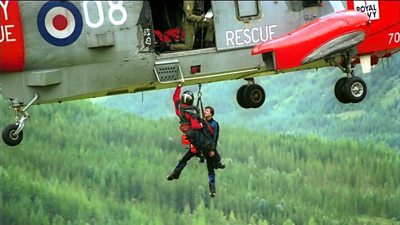 Guidance in the event of staff becoming seriously ill or injured in countries and locations remote from emergency medical services
Guidance in the event of staff becoming seriously ill or injured in countries and locations remote from emergency medical services -
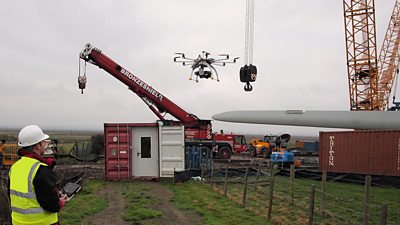
Unmanned Aerial Systems (UAS) AKA Drones
Guidance on safe use of drones
More from SSR
-
Your platform to record accidents, risk assessments, assurance monitoring and inspections
-
Safety Equipment Stores
Just one number to call: 0844 800 8875 -
大象传媒 Safety Guidelines
An A-Z of 大象传媒's Health and Safety Guidelines -
Safety Advice Line: 0370 411 0464 Email: safety@bbc.co.uk
Events guidance - key links:
- Exhibitions
- General Guidance
- Indoor Location Recce Checklist
- Outdoor Location Recce Checklist
- Major Incidents & Emergency Planning
- Marketing and Promotional
- Noise Exposure
- Planning and Management
- Responsibilities
- Responsibilities Form
- Laser Lighting Effects
- Strobe Lighting
- Temporary Stages and Rostra
Health topics - key links:
- (大象传媒 network only)
- Contributors Fitness to Participate
- Display Screen Equipment (DSE)
- (大象传媒 network only)
- First Aid and Welfare on Location
- International Travel - Risks & Health
- Manual Handling
- Mental Health: Homepage
- (大象传媒 network only)
- Personal Health and Wellbeing
- Pregnancy
- Psychological Trauma Support & Trauma Risk Management (TRiM)
- Tiredness and Fatigue
- Travel Health Contacts
大象传媒 High Risk - key links:
- CBRN and Industrial Spills
- Covert Filming
- Crisis Management and Security Support
- Demonstrations, Protests and Crowds
- Disaster Coverage
- Door Stepping
- (大象传媒 network only)
- (大象传媒 network only)
- Public Order
- Safety Equipment Stores
大象传媒 Journalism - key links:
大象传媒 Productions - key links:
- Aerial Filming and Airfields
- Animals: Displaying and handling for performance
- Boats: Working on
- Children and Young People
- Driving
- Electrical Equipment and Systems
- First Aid and Welfare on Location
- Food Safety (Cooking and Catering)
- Remote Location Working
- Roads and Streets: Working by
- Security of Productions on Location
- Stunts
- Tiredness and Fatigue
- Unmanned Aerial Systems (UAS aka Drones)
- Vehicles: Recording in, from and around
- Working at Height: Mobile Elevating Work Platforms
- Working at Height: Tower Scaffolds
大象传媒 Radio - key links:
- (大象传媒 Network only)
大象传媒 Security - key links:
大象传媒 Sport - key links:
About this site
This site describes what the 大象传媒 does in relation to managing its health, safety and security risks and is intended for those who work directly for the 大象传媒.
It is not intended to provide instruction or guidance on how third parties should manage their risks. The 大象传媒 cannot be held liable for how this information is interpreted or used by third parties, nor provide any assurance that adopting it would provide any measure of legal compliance. More information
Some links on this site are only accessible when connected to the 大象传媒 network
